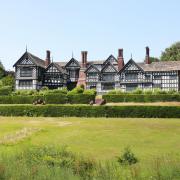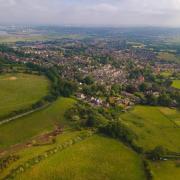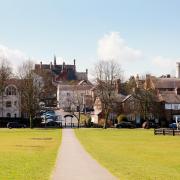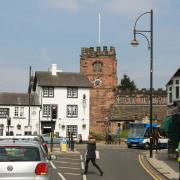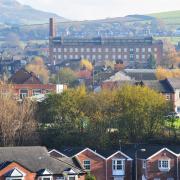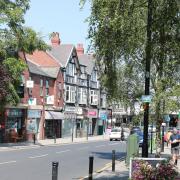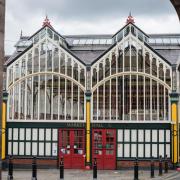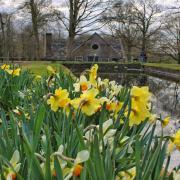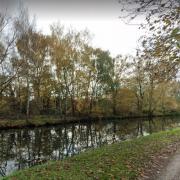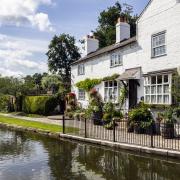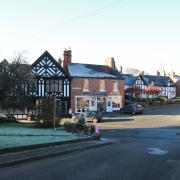The eerie vaults beneath St George’s Hall are one of Liverpool’s best kept secrets. Rebekka O’Grady joined a most mysterious underground tour

For the first time in 160 years, a series of guided tours beneath St George’s Hall allows the public to explore its mysterious catacombs.

Thousands of visitors have enjoyed exhibitions and festivals here over the years and in the past two years happy couples have been exchanging vows in the register office. But these tours, organised with the hall’s management and theatrical performance company, Lovehistory, are an insight into the darker history of this world heritage venue.
Although the term ‘catacomb’ generally refers to graves, due to the monumental size of this space, St George’s management felt it deserved a rather grander name than a vault.
Ready to begin, we were escorted underground by a young man from the 1900s wearing a top hat. He warned us we would meet some unsavoury characters on our journey, who would want to illuminate their history and often murderous past. Eerie cells lie below the great hall, where the condemned spent their final moments. The cells, along with the hall, were designed by Harvey Lonsdale Elms. The construction began in 1841 and took 13 years to complete. The catacombs have since housed criminals, acted as a make-shift billeting quarter for the police and army during the famous Liverpool transport strikes of 1911 and been a food dispensary and water store during the Second World War.
With so much history in one space, I knew it was going to be a fascinating tour. The Lord Mayor of Liverpool, Gary Millar, joined us on this first tour and said the experience made him proud to represent Liverpool: ‘I recently visited New York to mark the Beatles 50th anniversary of landing in JFK. I was proud to tell the fire, police commissioner and Mayor of NYC that air conditioning systems came from Liverpool – and that the first one in the world is right here in the catacombs of St George’s Hall. It is a hidden gem with such great history.’
Continuing deeper into the catacombs, we were greeted by the ‘Black Widows’ of Liverpool. Cathy Flanagan and Margaret Higgins were two Irish sisters convicted of poisoning and murdering Margaret’s husband, John and suspected of more killings. The women’s game was to collect a burial society payout, a type of life insurance. Despite their convictions, they told us of their innocence and the inhumane conditions they endured: ‘The corridors would release the desperate cries of despair that would penetrate the depths of hell!’
Fortunately, a police constable arrived to release us from the clutches of the sisters and took us deeper into the past. The further into the catacombs, the colder it became. Although wrapped up in my thickest scarf and coat, I couldn’t help but think what it would have been like for those down here, dressed in the thinnest of rags. Another convict soon stopped us in our tracks, John McGrave of the Cornermen gang. The constable told us that this felon was the lowest of the low, accused of murdering a gentleman for his money, while in a drunken haze.
Despite so much violence, including police hiding below St. George’s Plateau ready to charge a crowd of 85,000 people during the transport strike rally of 1911 - this has also been a place of respite, where people sheltered from air raids in World War II and received food and drink rations.
The tour was fascinating, particularly for a Liverpudlian like me, and it shed light on history and facts about St George’s that I’d not heard before. This Hall has a special significance in the heart of Liverpool people, holding a key to a collective memory. Diverse and enthralling, here the dangerous history of Liverpool has been exposed.
Tours are due to resume in May. Check http://liverpoolcityhalls.co.uk/st-georges-hall/whats-on/ for updates.




